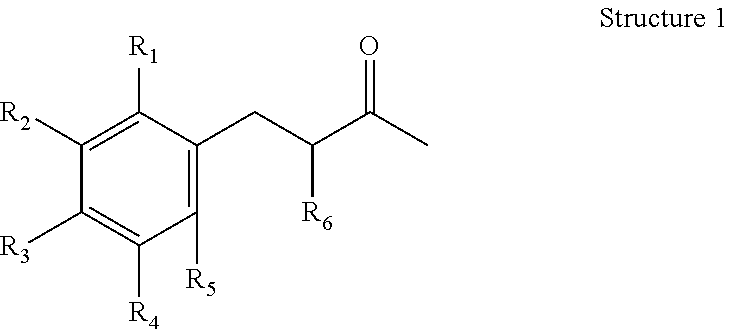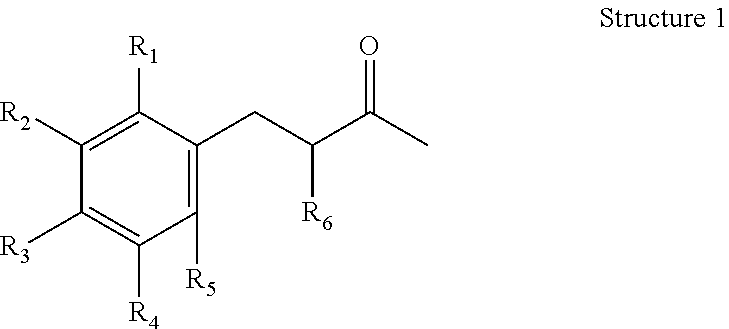Skin aging is a complex process that involves metabolic and physiologic changes that lead to an increasing susceptibility to
disease and ultimately death.
Unfortunately,
skin cell damage due to UV
radiation is induced by several mechanisms such as UV-induced immuno-suppression, UV-induced
DNA damage and accumulation of DNA damaged products, such that efforts to protect the skin, for example, by application of sunscreen, application of moisturizers, post-
sunburn treatments and the like, while effective in some respects, are ineffective in others.
However, as the years pass the regulation of the DNA gradually gets disrupted: a factor that manifests itself in aging whereby dysregulated DNA increases the risk of different forms of
cancer and other diseases.
Although many, if not most, of the UV
radiation induced lesions are efficiently repaired in the skin, such endogenous repair mechanisms to remove DNA lesions and damaged bases are not 100% efficient.
Given these statistics, it is clear that current preventative measures against
skin cancer are insufficient.
Essentially, the antioxidants are of limited
efficacy and, it seems, the level of these antioxidants contained in the majority of skin creams is too low to have a major
impact on free radical damage.
Similarly, sunscreens have limited effect as well.
Furthermore, observational studies have repeatedly found sunscreen use to be associated with higher risk of cutaneous
melanoma and
basal cell skin cancer.
ROS are generated in increasing quantities with age and are known to
damage DNA in general, most especially mitochondrial DNA, as well as cells and tissues.
Mitochondrial DNA (mtDNA) is made up of 16569 base pairs that, when completely intact, make energy for the body; however, subtle changes in the mtDNA, especially that arising from
oxidative damage, have dramatic adverse effects on mitochondrial function and energy production as well as
longevity.
Indeed, it has been found that even minor amounts of this deletion severely alter energy production and cellular function.
Clearly mtDNA is susceptible to endogenous and environmental damage and, unlike other DNA in the
human body, lacks the full cohort of
nuclear DNA repair mechanisms.
Consequently, persistent mtDNA damage poses a
threat to mitochondrial
gene expression, especially mitochondrial
polymerase, whose disruption is believed to underlie much, if not most,
skin damage and, consequently, many human diseases.
From the foregoing, it is evident that UV radiation has a marked detrimental effect on a
molecular level in skin cells, from damage to DNA to the formation of ROS, and that the avenues of damage are numerous and far reaching.
Furthermore, damage from
exposure to UV radiation is not limited to the
molecular level, but affects a host of other structures and processes that adversely affect the skin.
Specifically, as the skin naturally ages, the division rate of skin cells slows down causing an overall reduction in the number of cells and blood vessels that supply nutrients and other necessary building blocks for the skin which results in a significant decrease in the thickness of the epidermis.
Concurrently, as the skin ages proteins, especially collagen and
elastin fibers in the underlying
layers of skin which provide the scaffolding for the surface
layers, begin to weaken and deteriorate and / or manifest a deterioration in their cross-linking capabilities causing the skin to lose elasticity as well as resulting in a flattening of and concurrent loss of mechanical properties, including strength and flexibility, particularly, but not exclusively, in the dermal-epidermal junction (Neerken S, Lucassen G W, Bischop M A, Lenderink E, Nuijs T A, J Biomed Opt, 2004 March-April: 9(2)274-81 and Oikarinen, “The Aging of Skin; Chronoaging Versus
Photoaging,” Photodermatol. Photoimmunol. Photomed., vol.
In immature tissues, such as those found in
wound healing and
fibrosis,
collagen type 3 is expressed; however, it is not yet strong enough to support mature connective tissues.
Despite all the efforts that have been undertaken to formulate effective compositions for improving the dermal-epidermal junction, current products are not entirely effective,
Vitamin C and some of its derivatives are not photochemically or hydrolytically stable.
Retinoids are very effective, but they also suffer from stability problems.
Plant extracts, if not standardized against key actives, oftentimes are not effective, Peptides are effective, but not fully characterized as yet.
For example, though not manifest in short term use, some minor
peptide impurities may cause adverse effects over long-term use.
Cell regulators, such as retinols, peptides and growth factors (GF), have
direct effects on collagen
metabolism and influence collagen production, Unfortunately, these efforts have been limited, providing marginal results owing to specificity of their actions and the myriad of mechanisms and processes involved, as detailed above.
 Login to View More
Login to View More 


